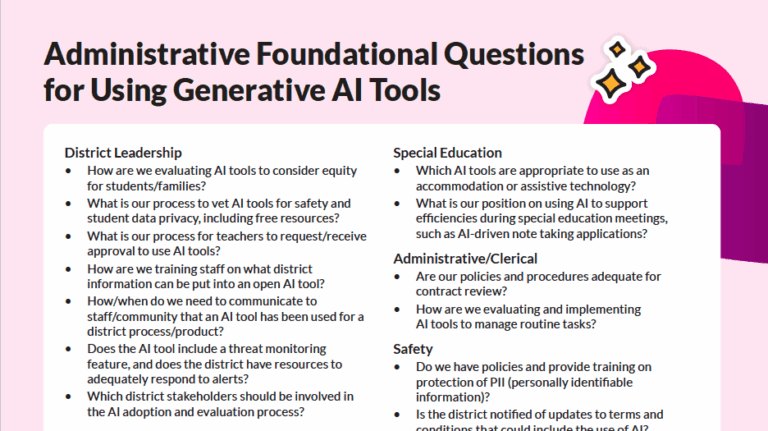This resource is provided by ACSA Partner4Purpose Right At School. It was written by Dr. Dawn Bridges, Vice President of Educational Affairs.
Empathy matters — and it shows everyone in the school community that their feelings, perspectives, and experiences matter.
In our last blog post, we discussed the many benefits of empathy for students. While empathy is always important, the topic is particularly relevant today since so many students are still feeling the effects of the pandemic.
Below are several ways to cultivate empathy during the school day — and beyond.
Ways to build empathy
Students need as many opportunities as possible to develop and practice empathy. One easy way for children (and adults) to build empathy is to spend more time with individuals who are different from themselves. Another is to read fiction, which shows different perspectives and places readers in the minds of characters with different thoughts, feelings, and experiences.
During the school day, educators and staff can teach empathy and model what it looks like in practice in the classroom and across campus. We can:
- Show students that we care.
- Create communities where students feel safe expressing their thoughts and feelings.
- Ask open-ended questions, listen, and respond thoughtfully.
- Provide activities designed to teach empathy.
- Actively encourage students to act in empathetic ways.
How SEL can help
Social and emotional learning (SEL) can help students develop the knowledge, skills, and attitudes to feel and show empathy for others. Here are a few examples of core SEL competencies that can improve students’ abilities in this area.
- Social Awareness includes capacities such as taking others’ perspectives, or showing concern for the feelings of others.
- Relationships Skills include the capacity to develop positive relationships, or to stand up for the rights of others.
- Responsible Decision-Making includes capacities such as identifying solutions to social problems, or anticipating and evaluating the consequences of one’s actions.
Teaching empathy beyond the school day
Empathy skills can be taught and reinforced outside of the school day as well.
The open sharing of perspectives through daily dialogue, project presentations, cooperative activities, peer mentoring, and public performances continually enriches students’ understanding of their peers and appreciation for the rich diversity around them.
Involving families
It can also be helpful to educate students’ parents and caregivers, and highlight the fact that empathy is a skill that can be taught and learned. Share ways in which they can take an active role in teaching, modeling, and reinforcing empathy to complement the activities taking place at school. Research shows that parents who promote and model empathy raise more empathetic children.
Cultivating empathy
Empathy matters — and it shows everyone in the school community that their feelings, perspectives, and experiences matter. When we are empathetic, no one is invisible and no one slips through the cracks. Cultivating empathy in ourselves and others contributes to a more positive classroom, school, and district culture. It builds connections and supports a sense of belonging, which leads to better outcomes for all.
Visit Right At School’s blog to learn more about their work on creating future leaders.



































